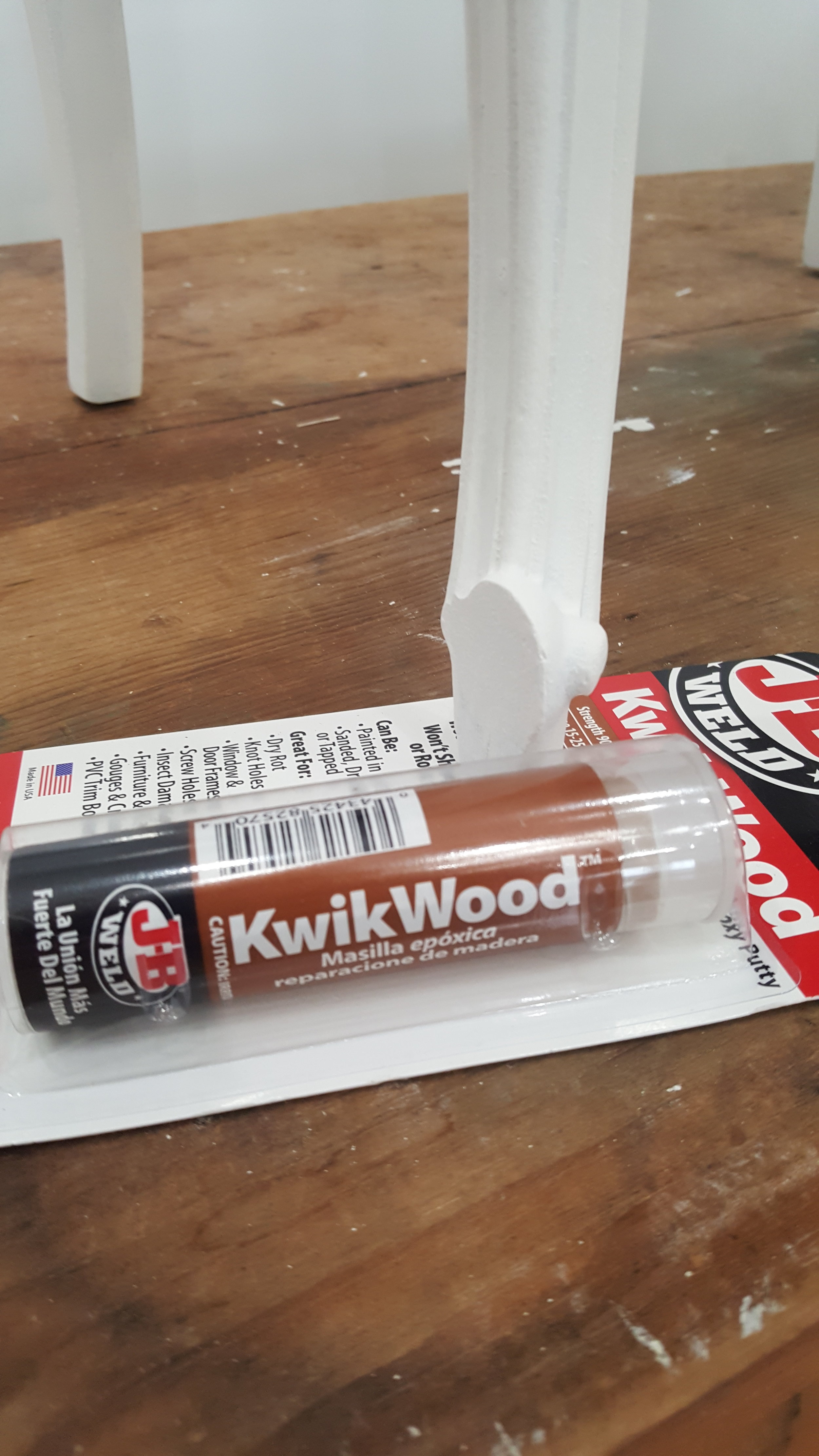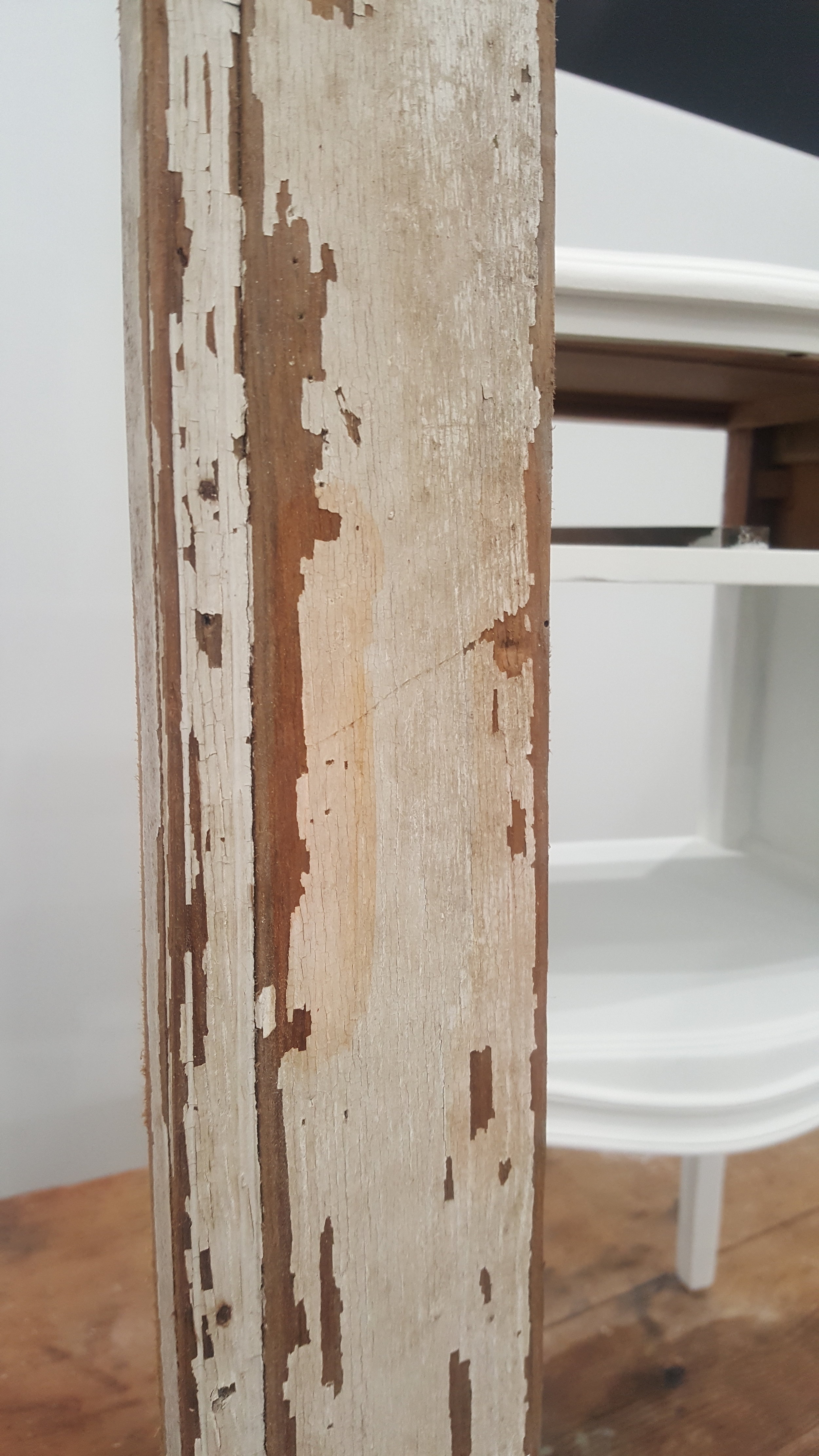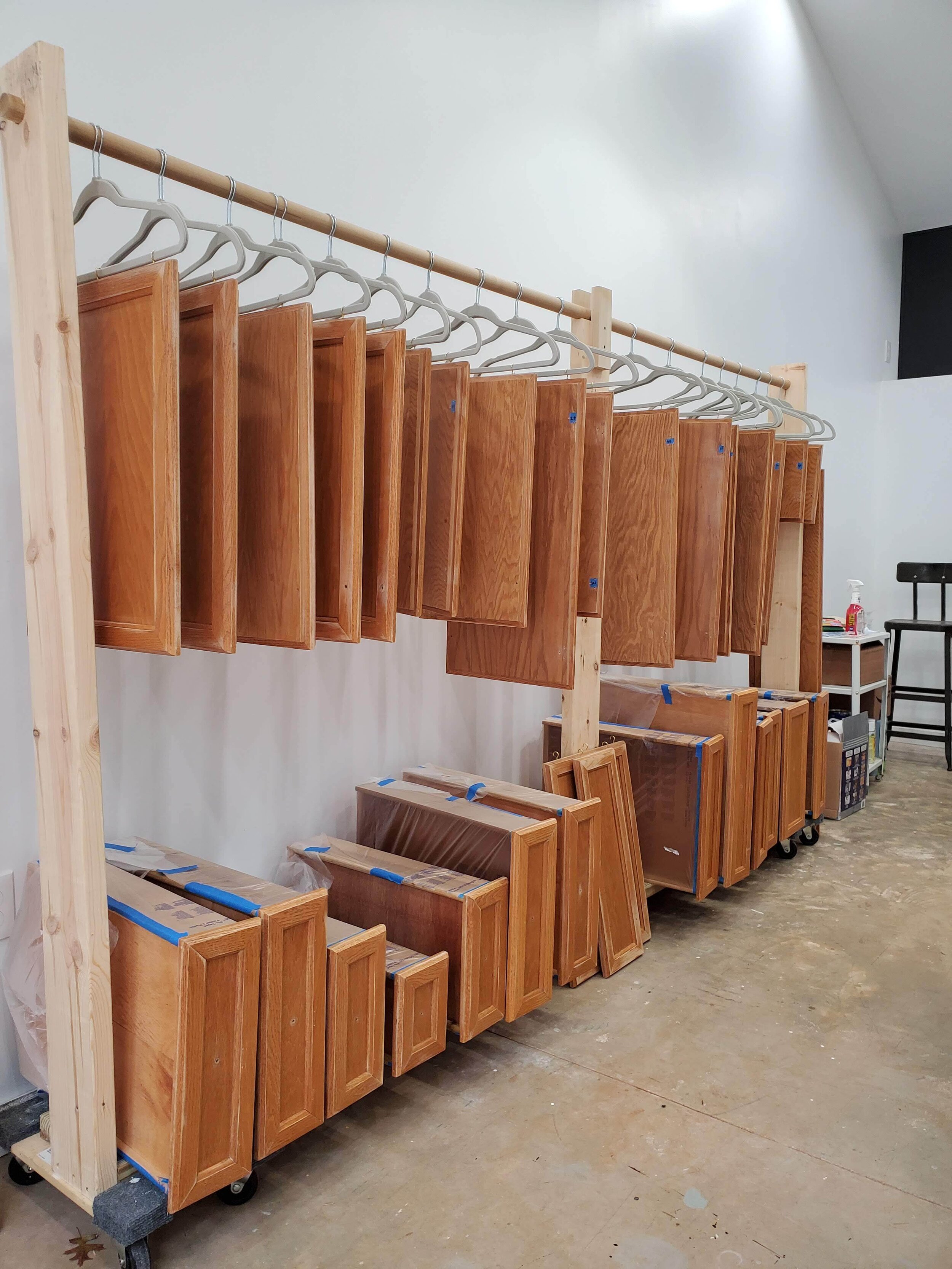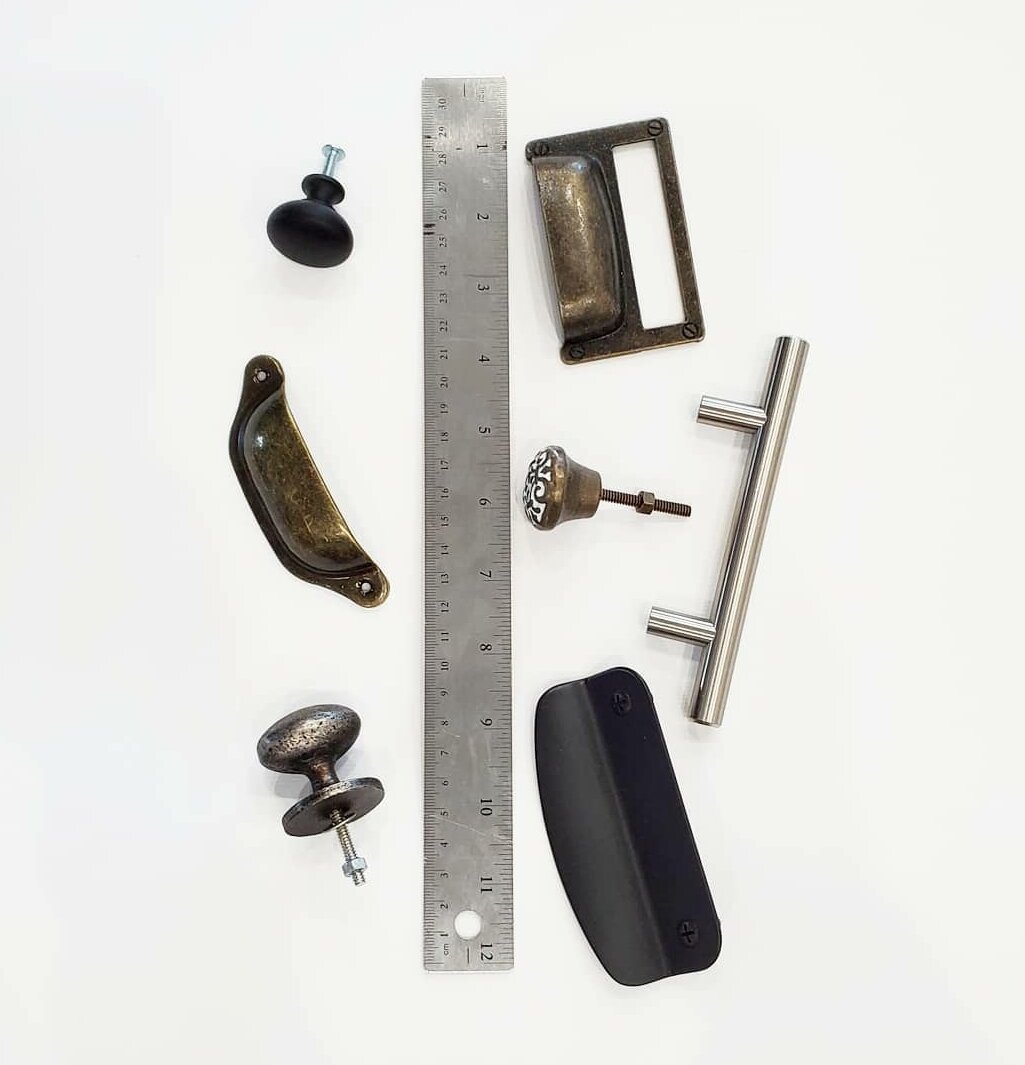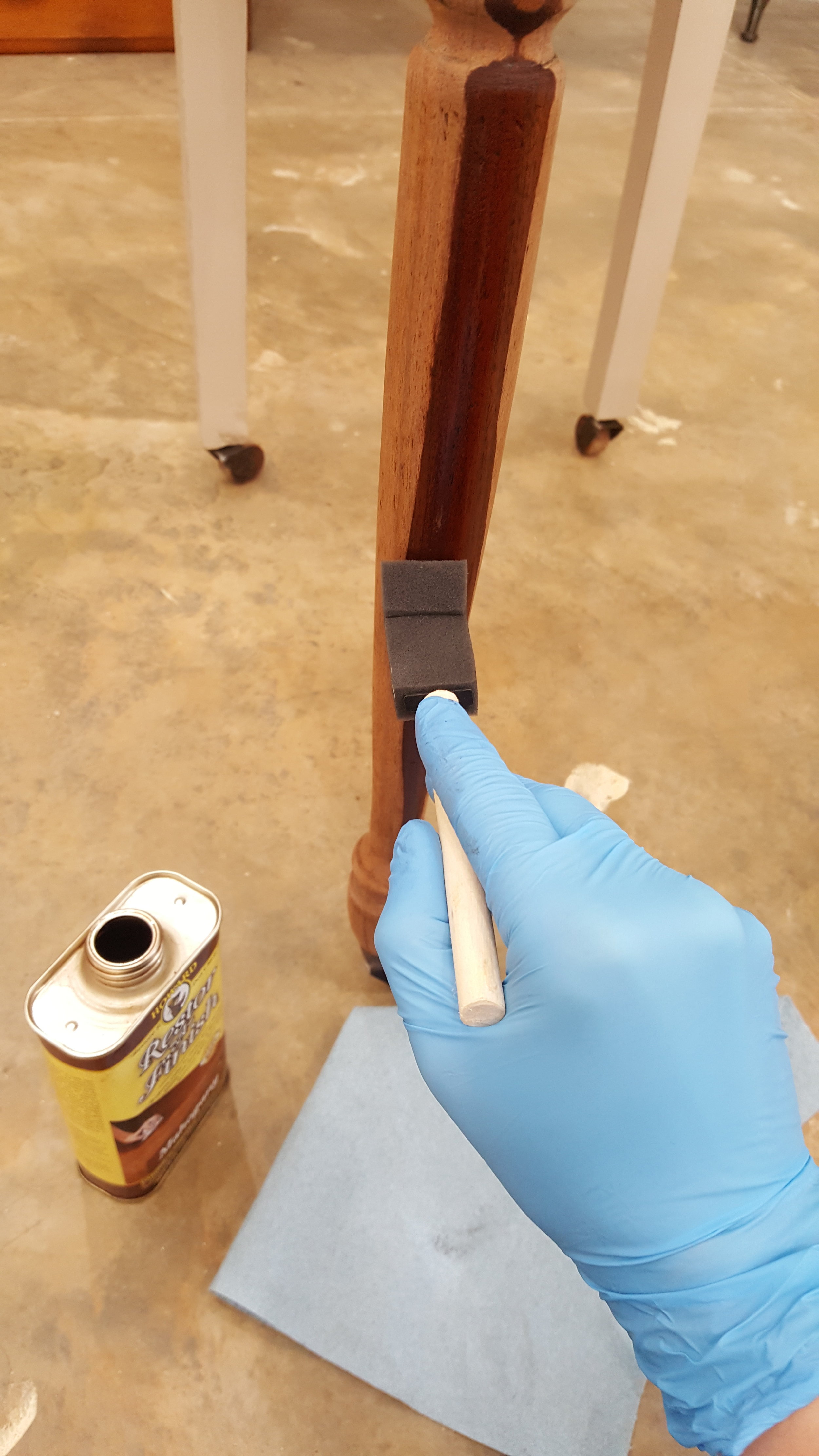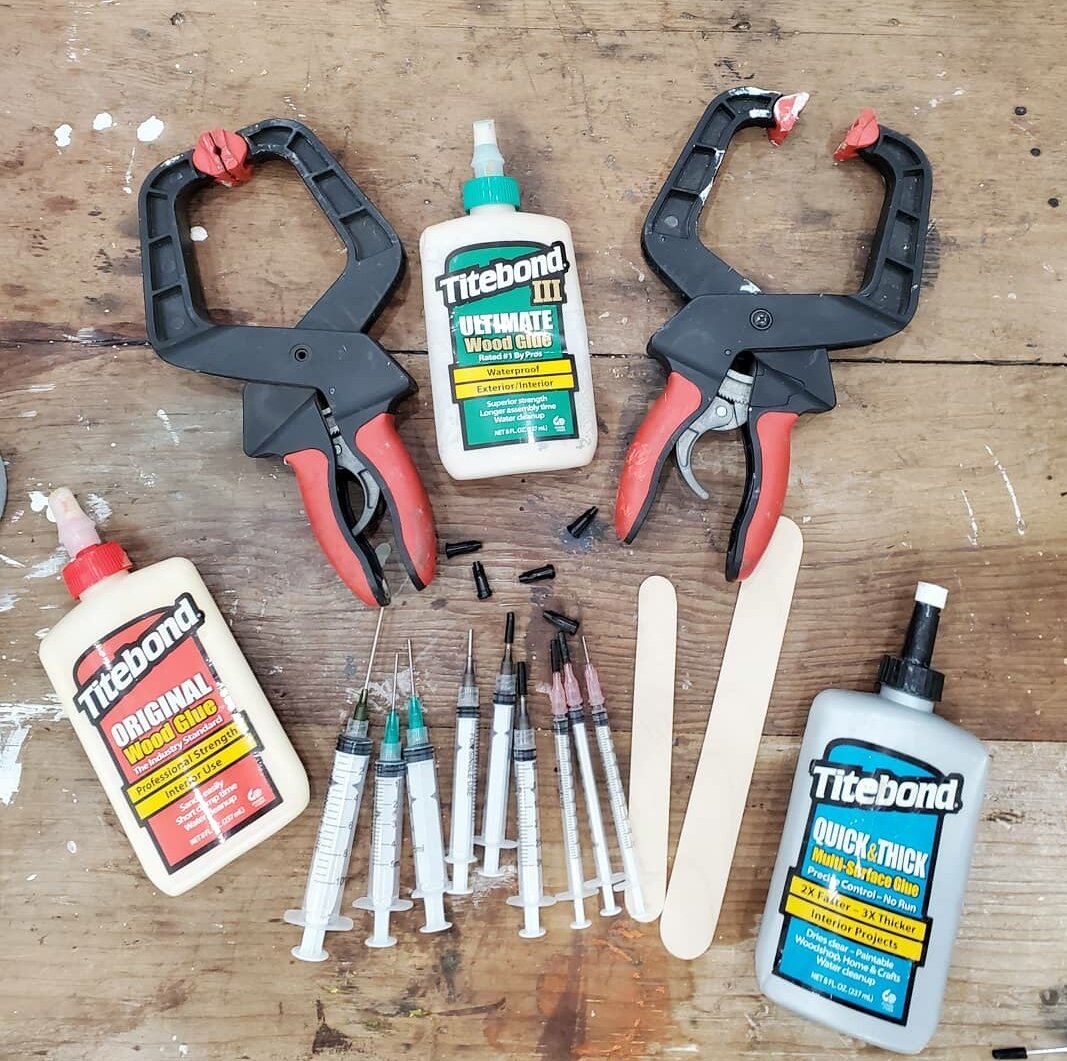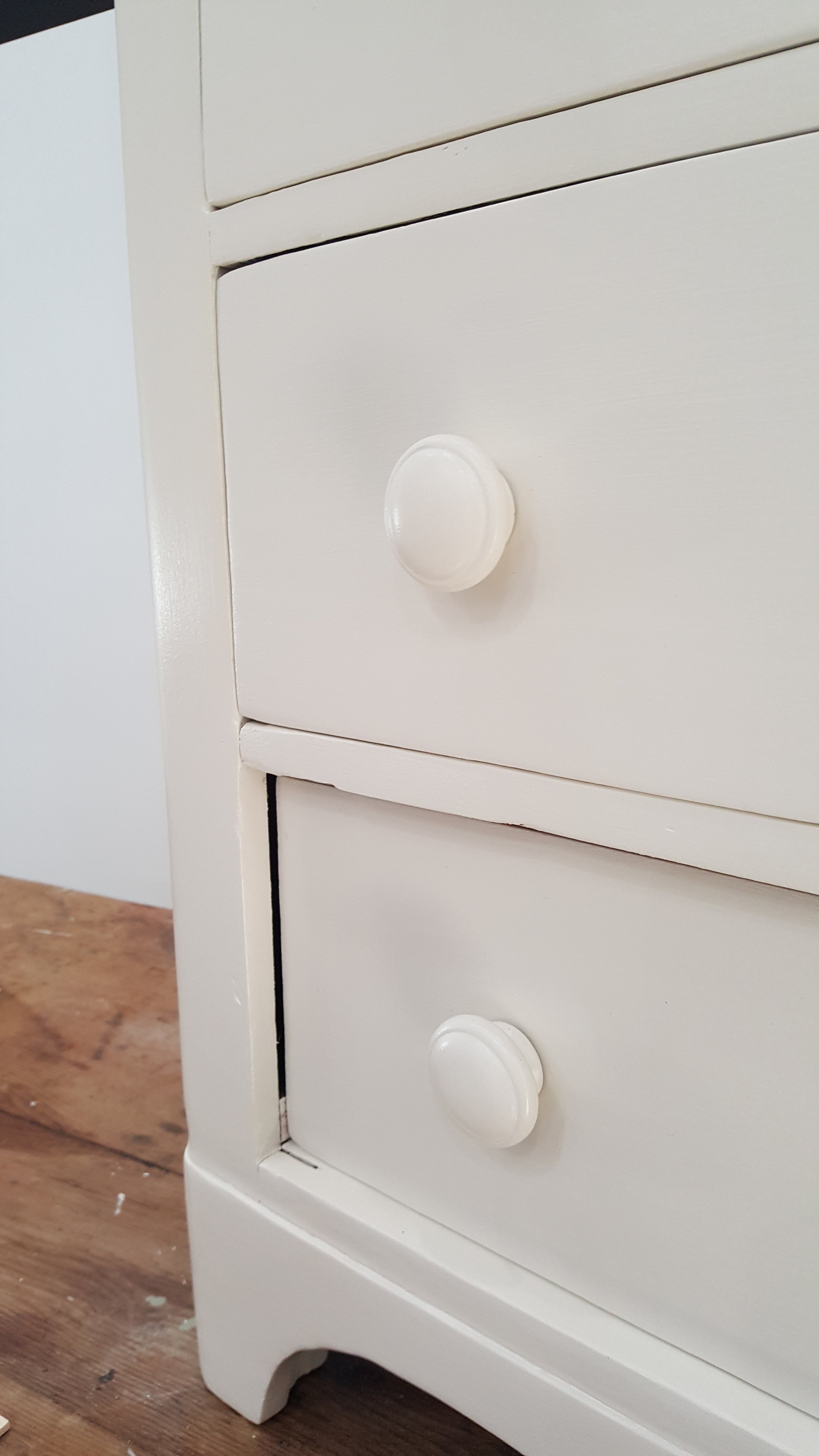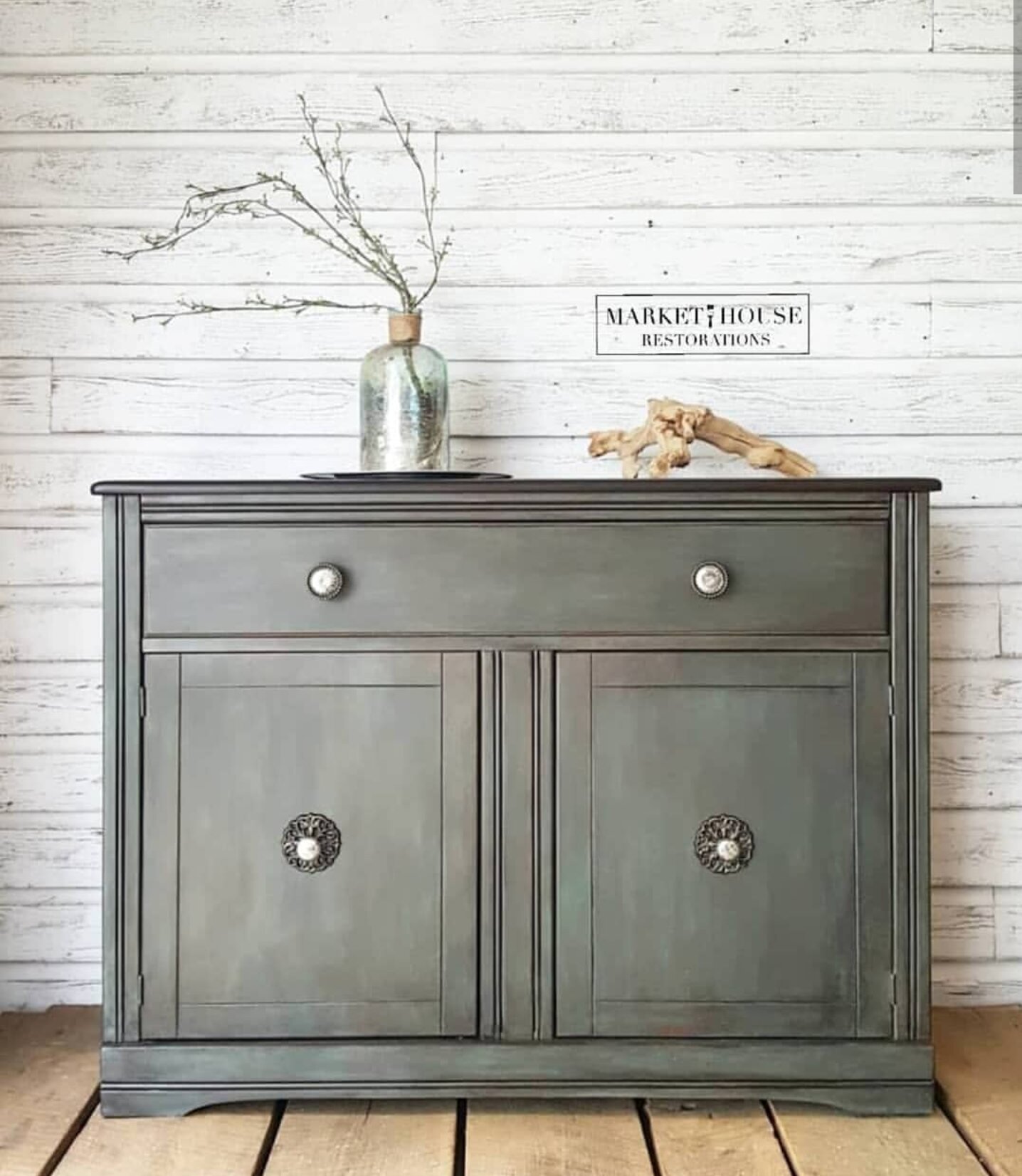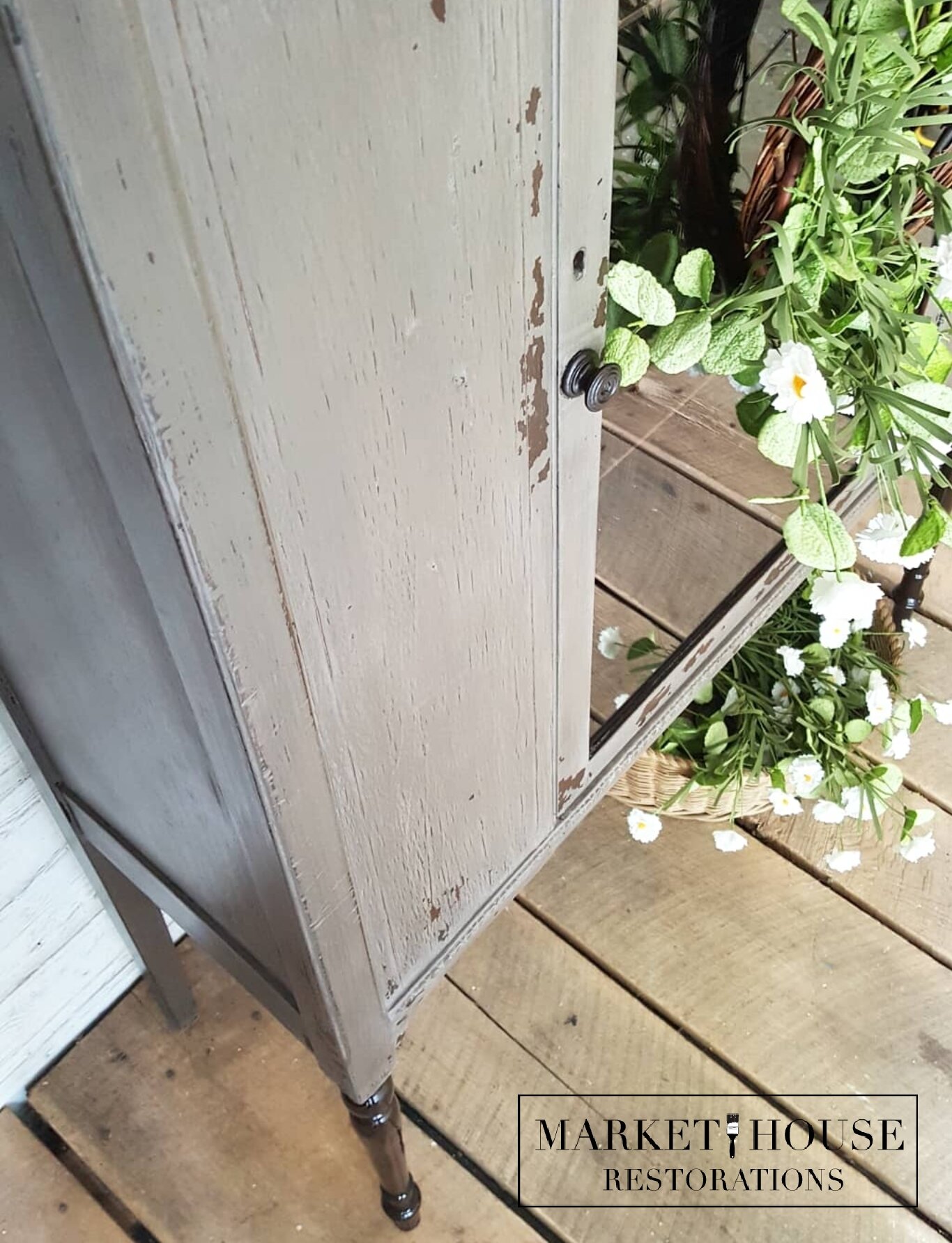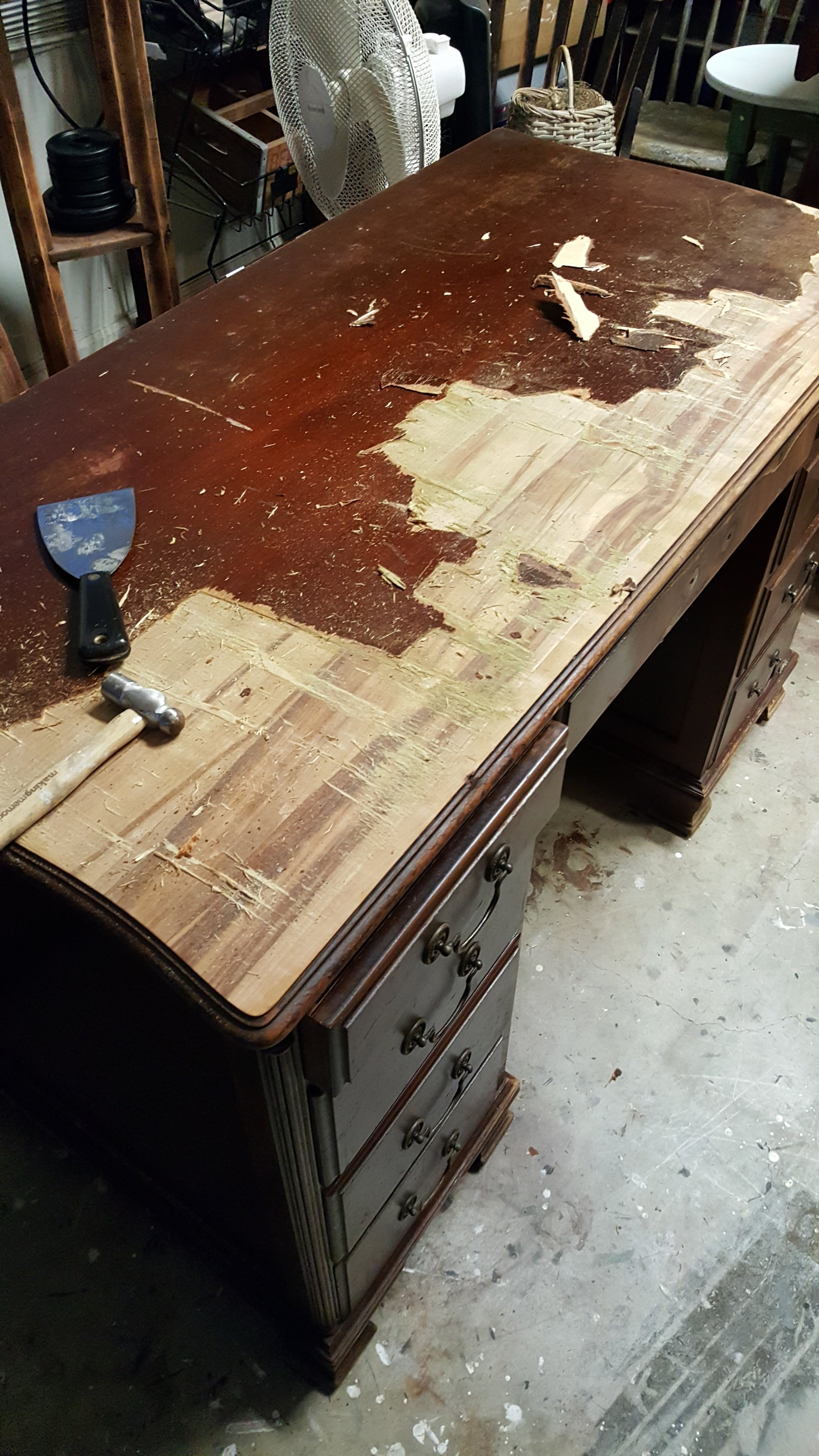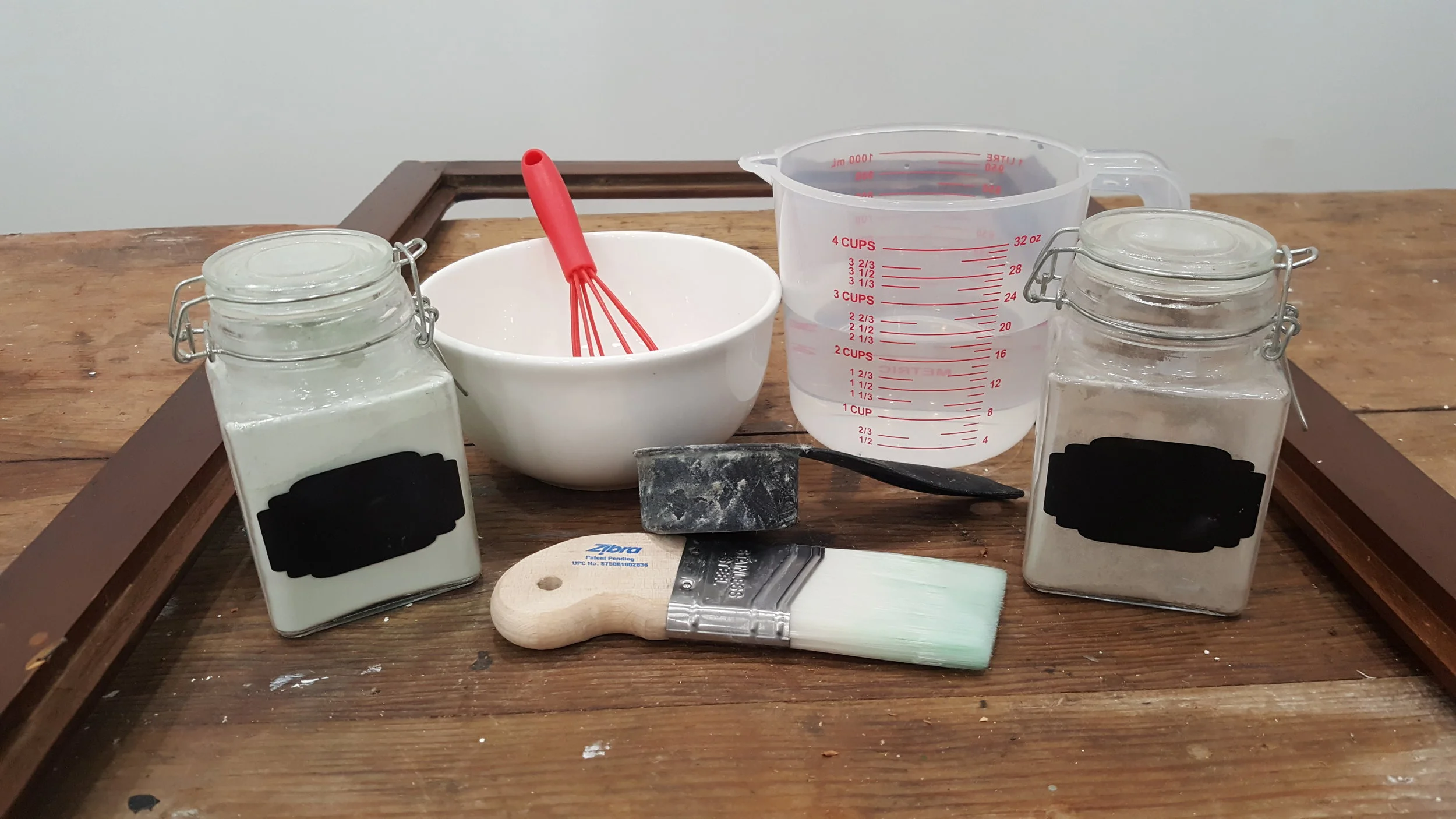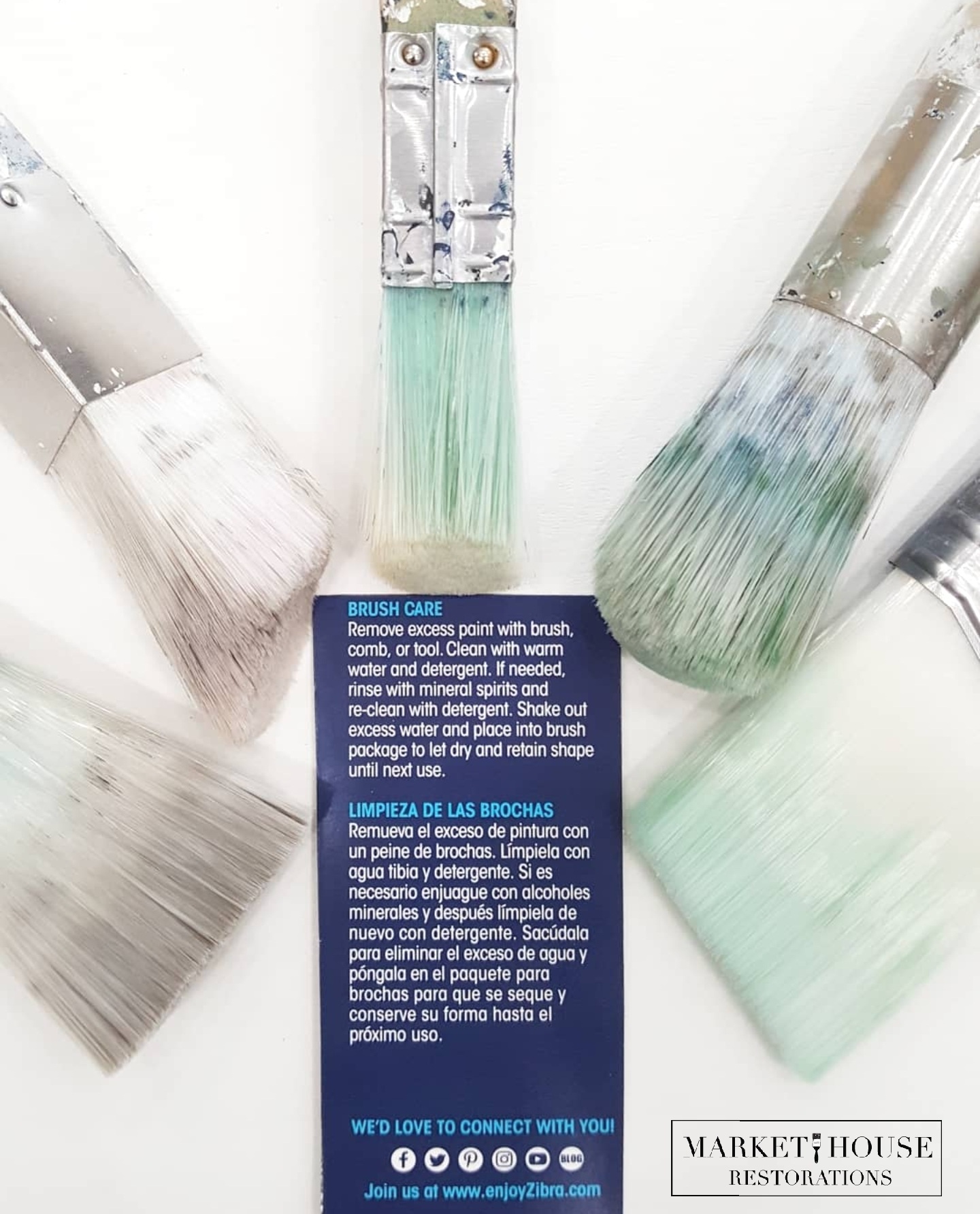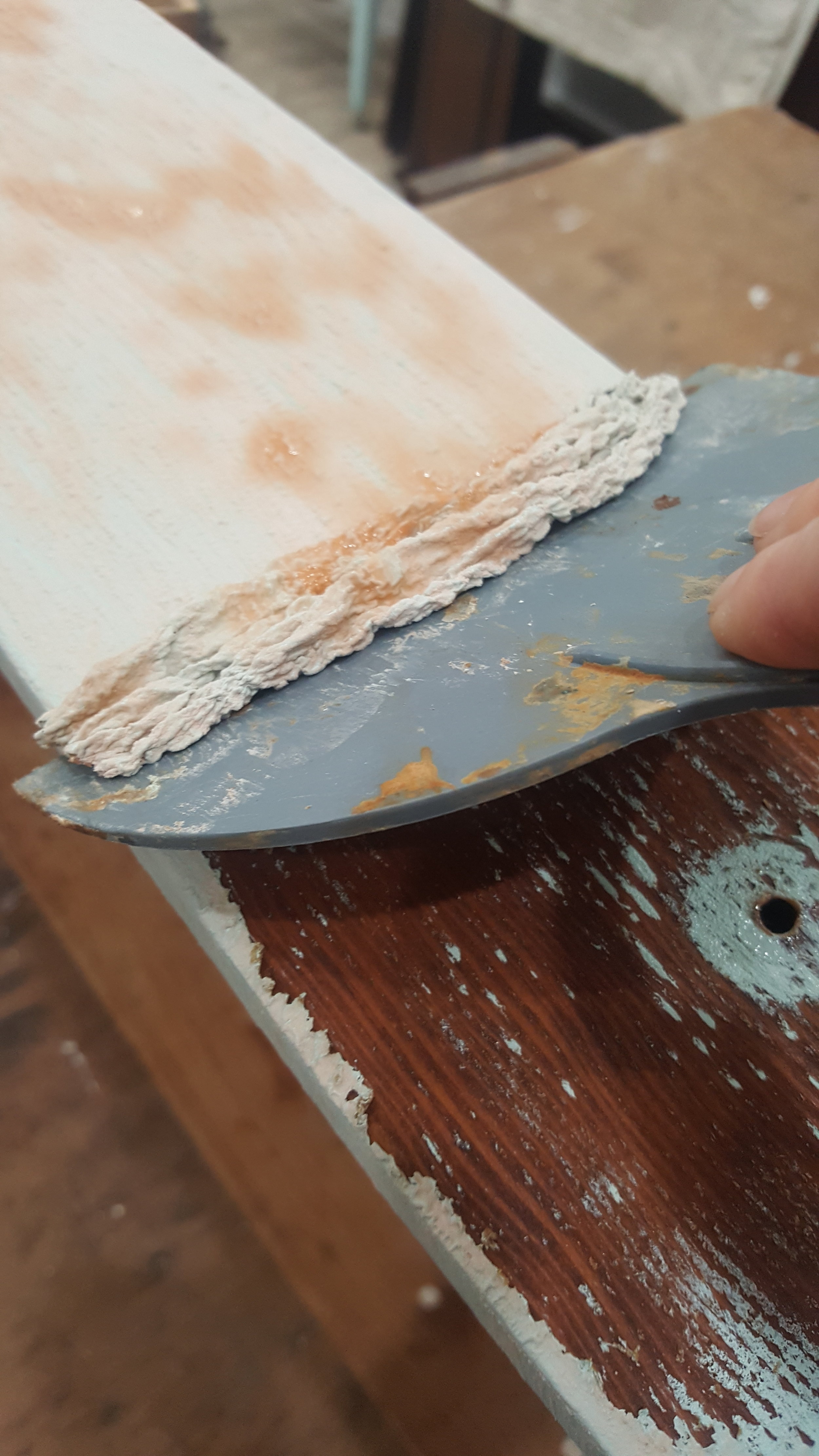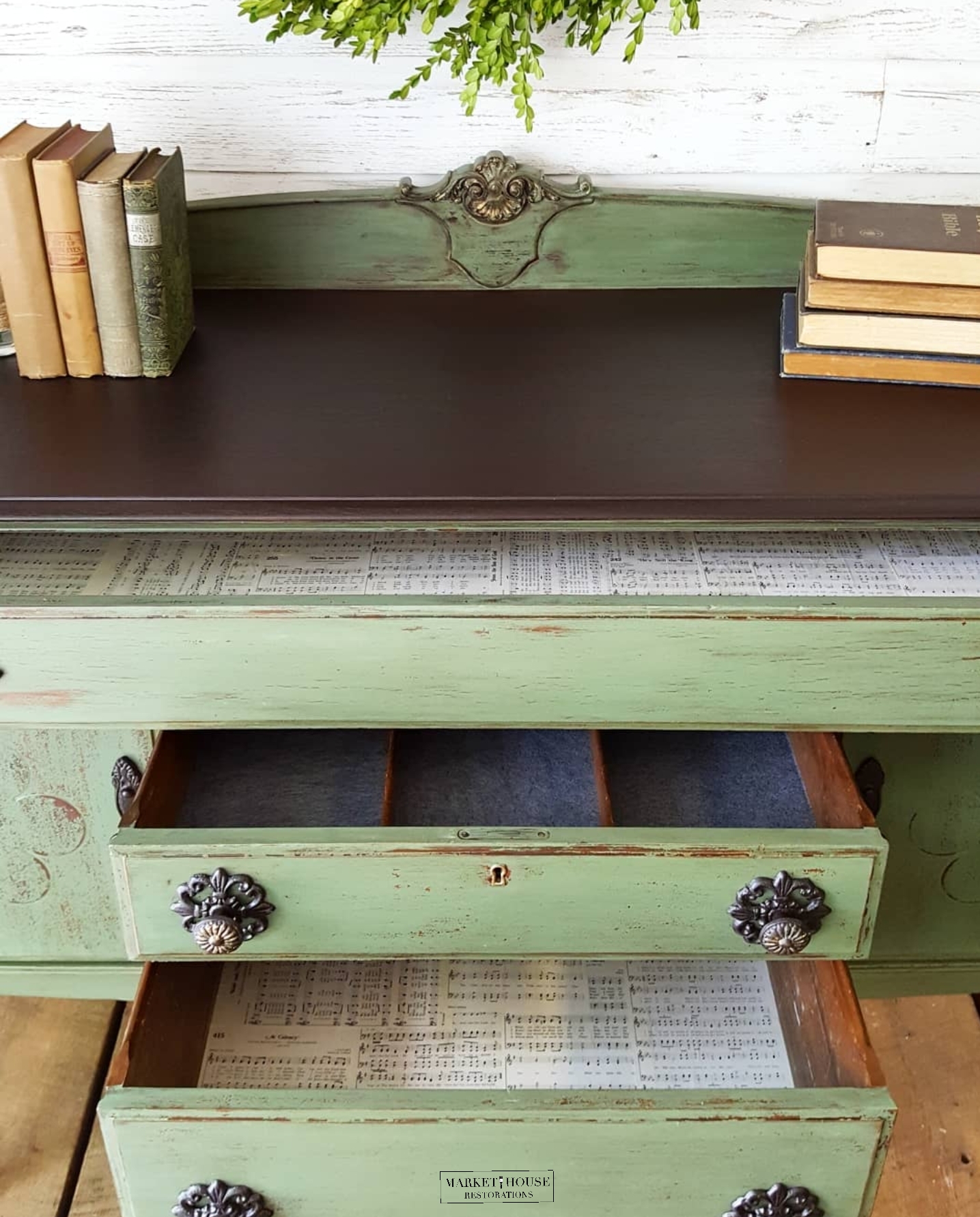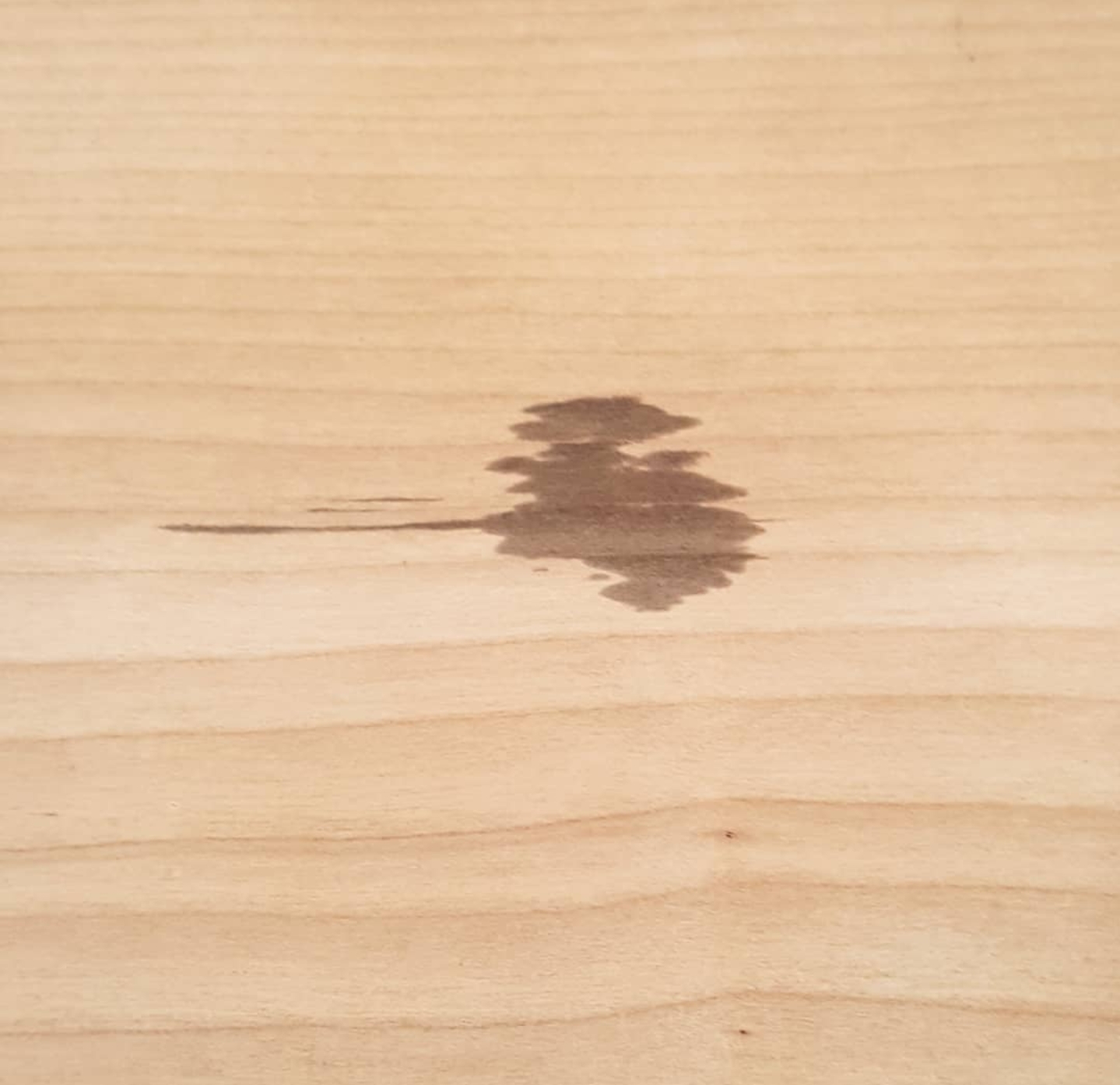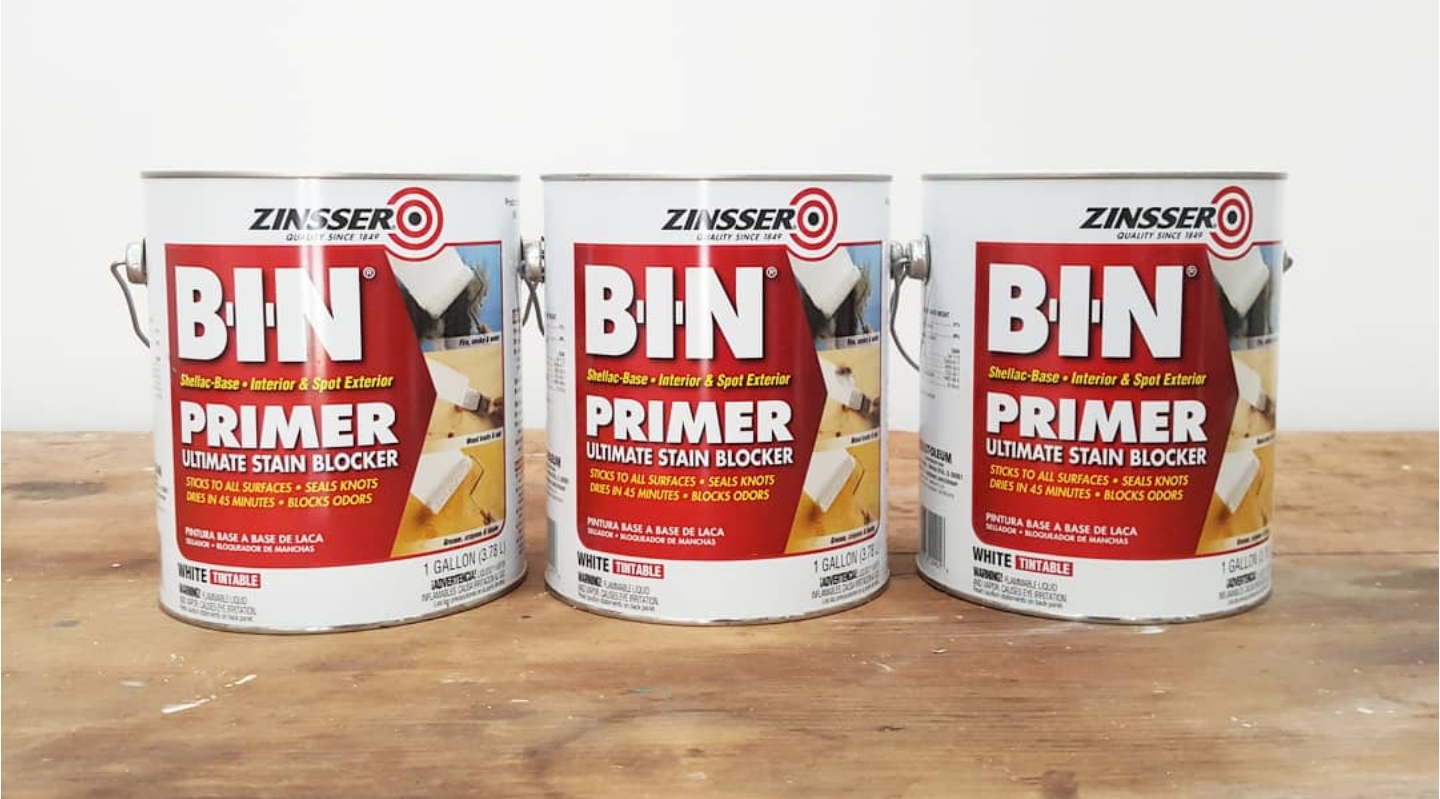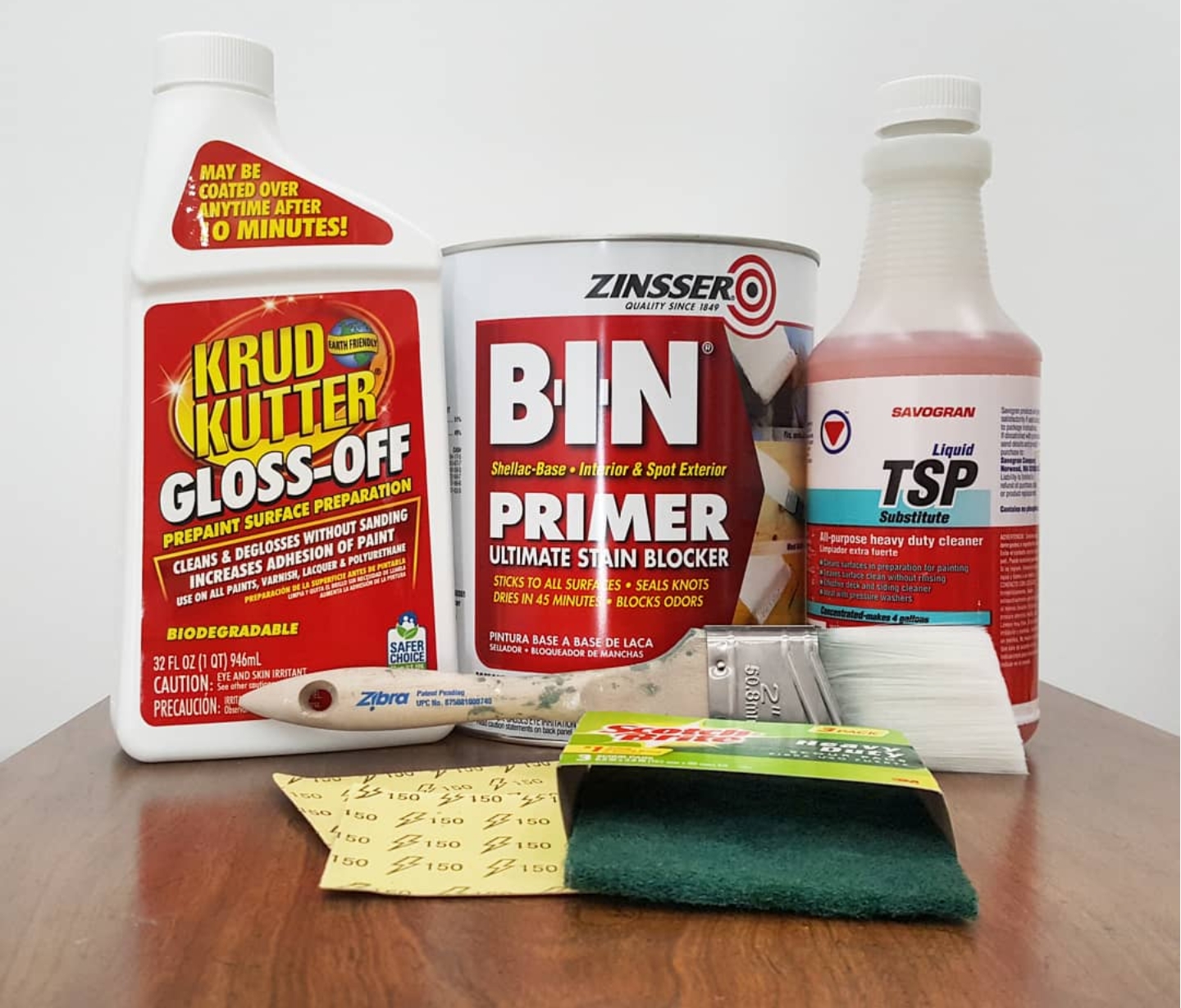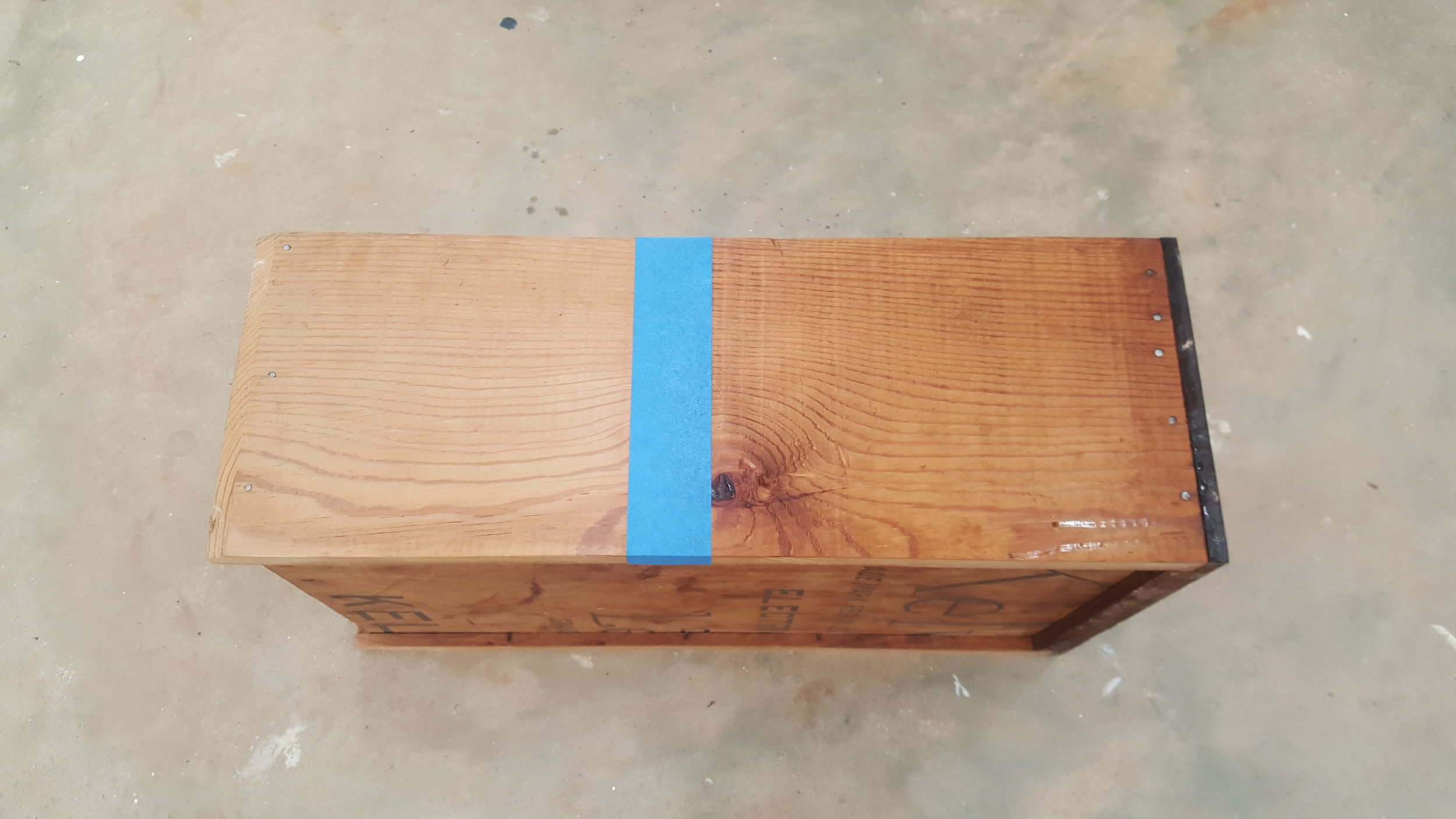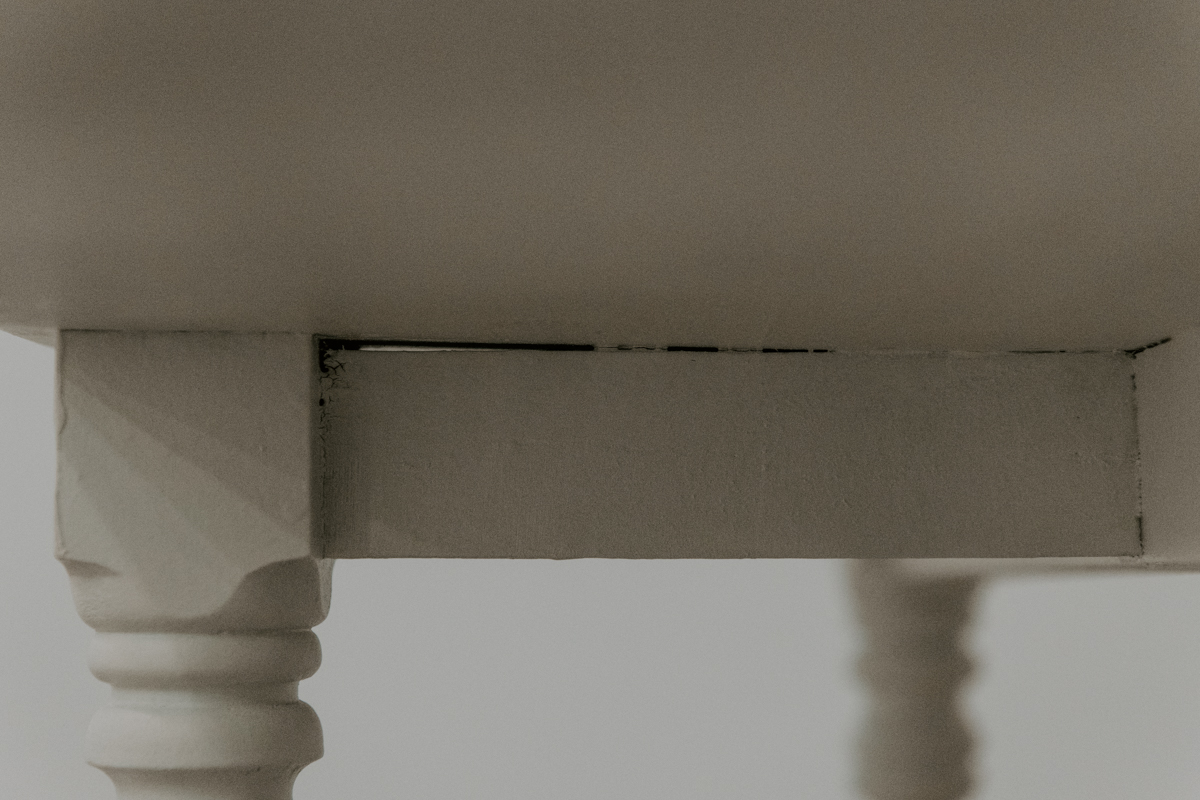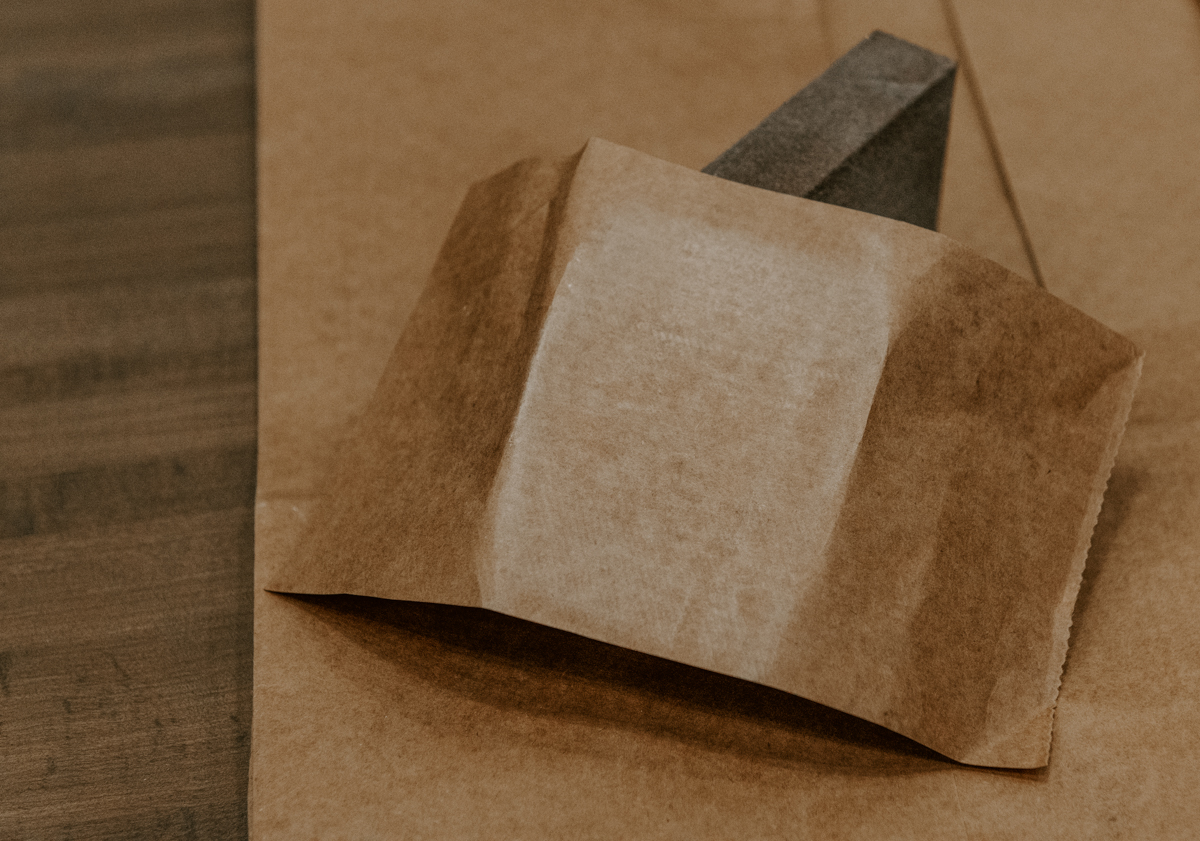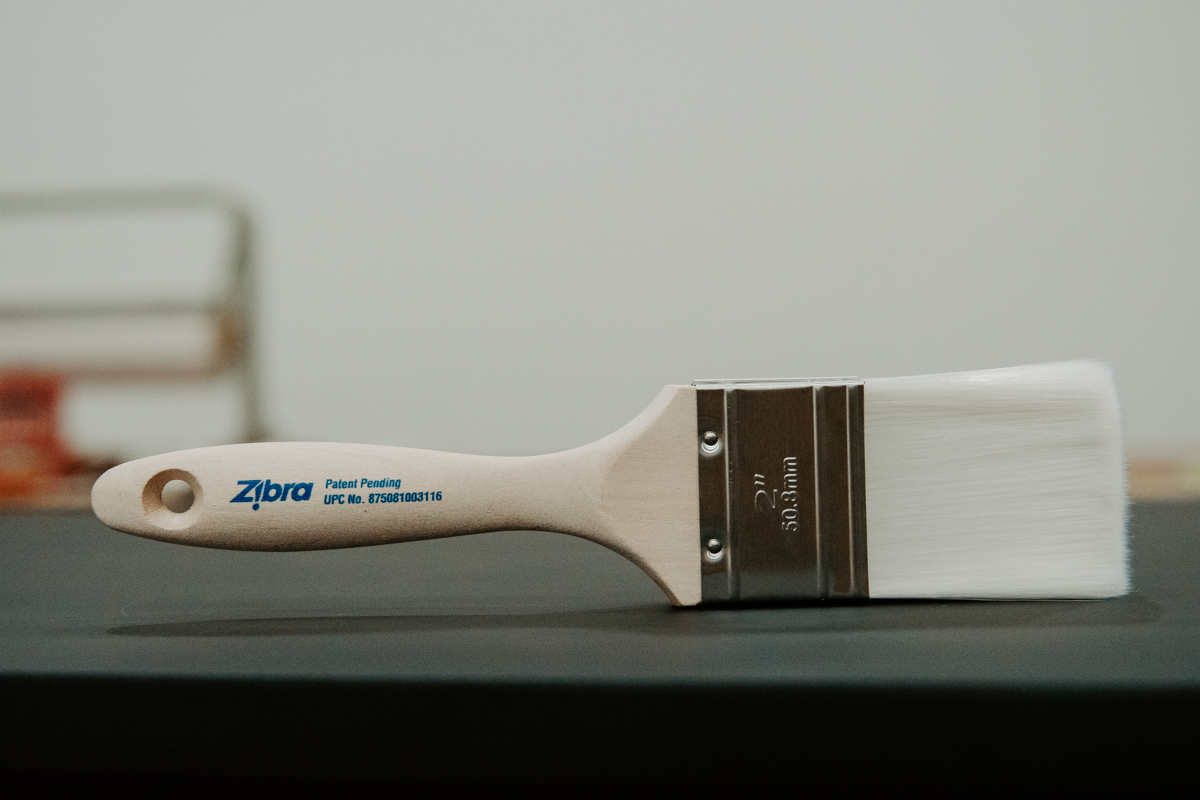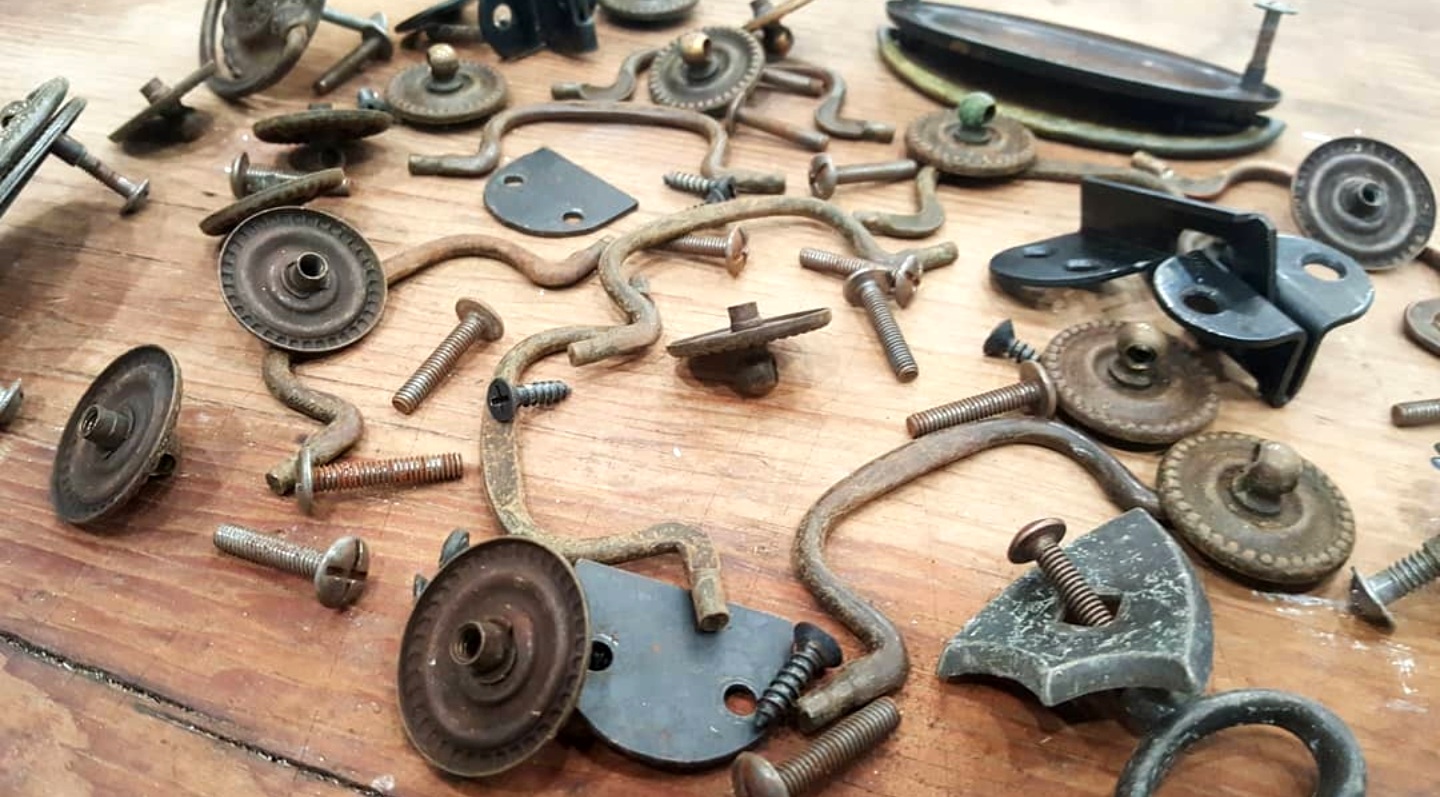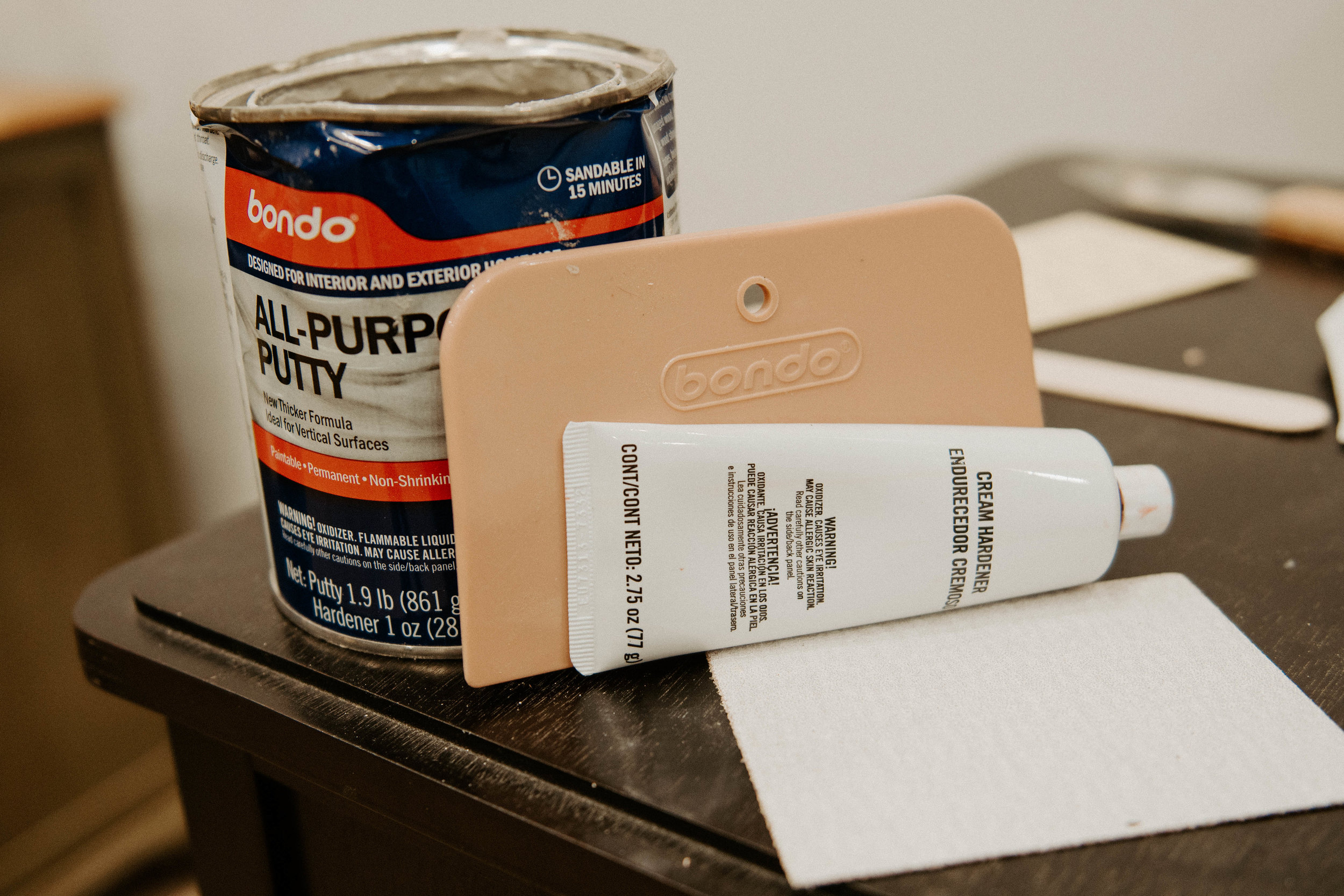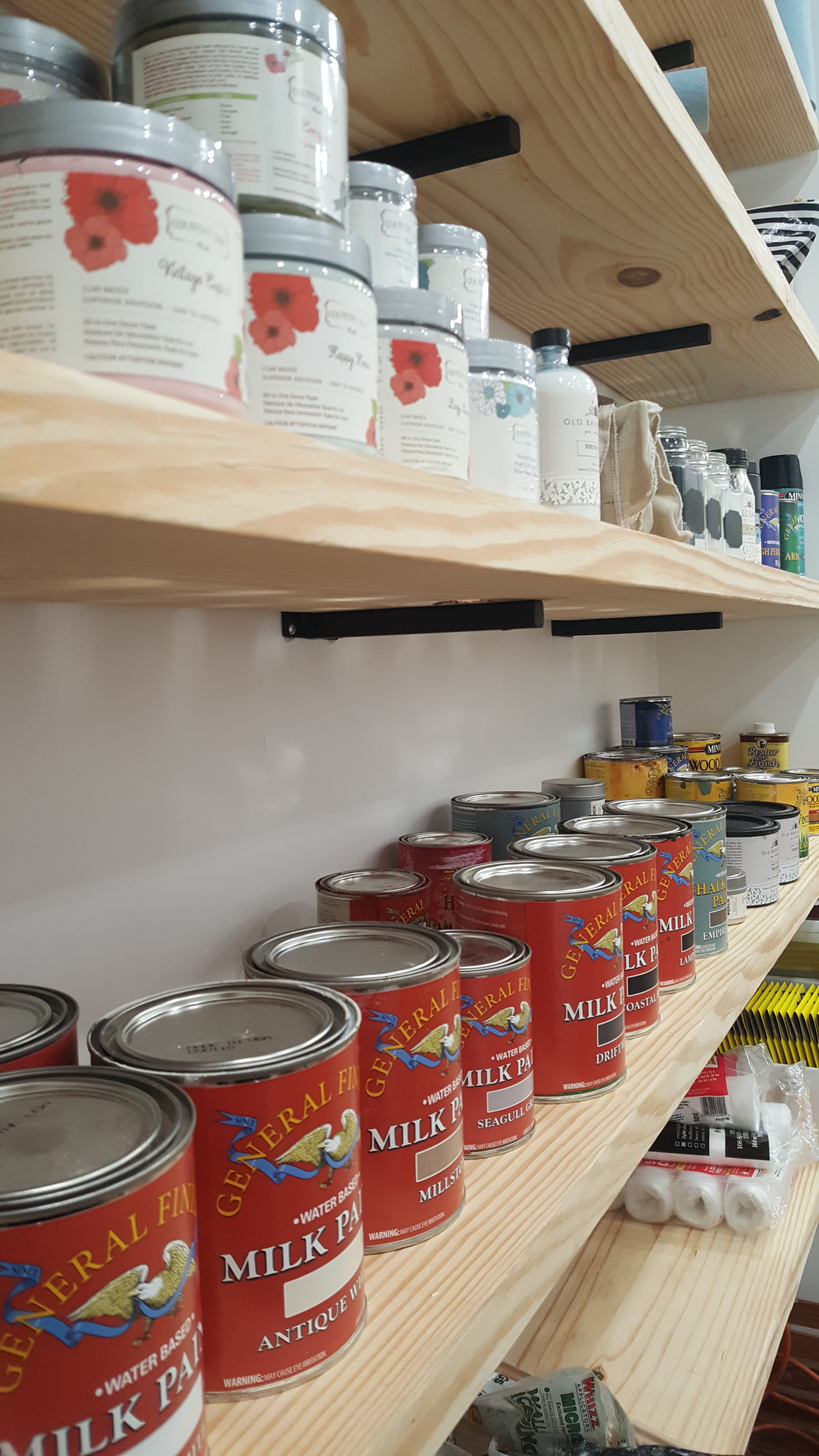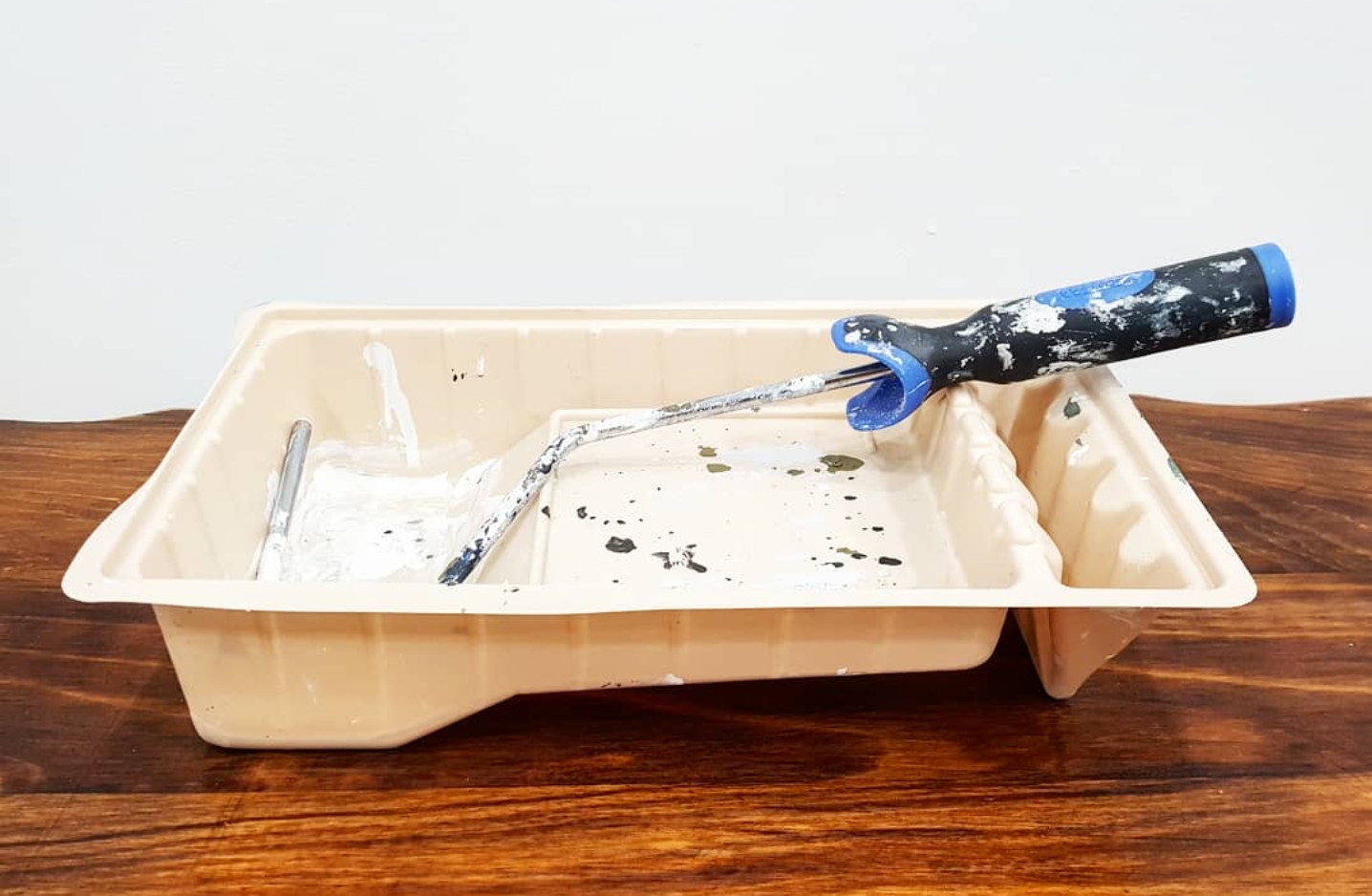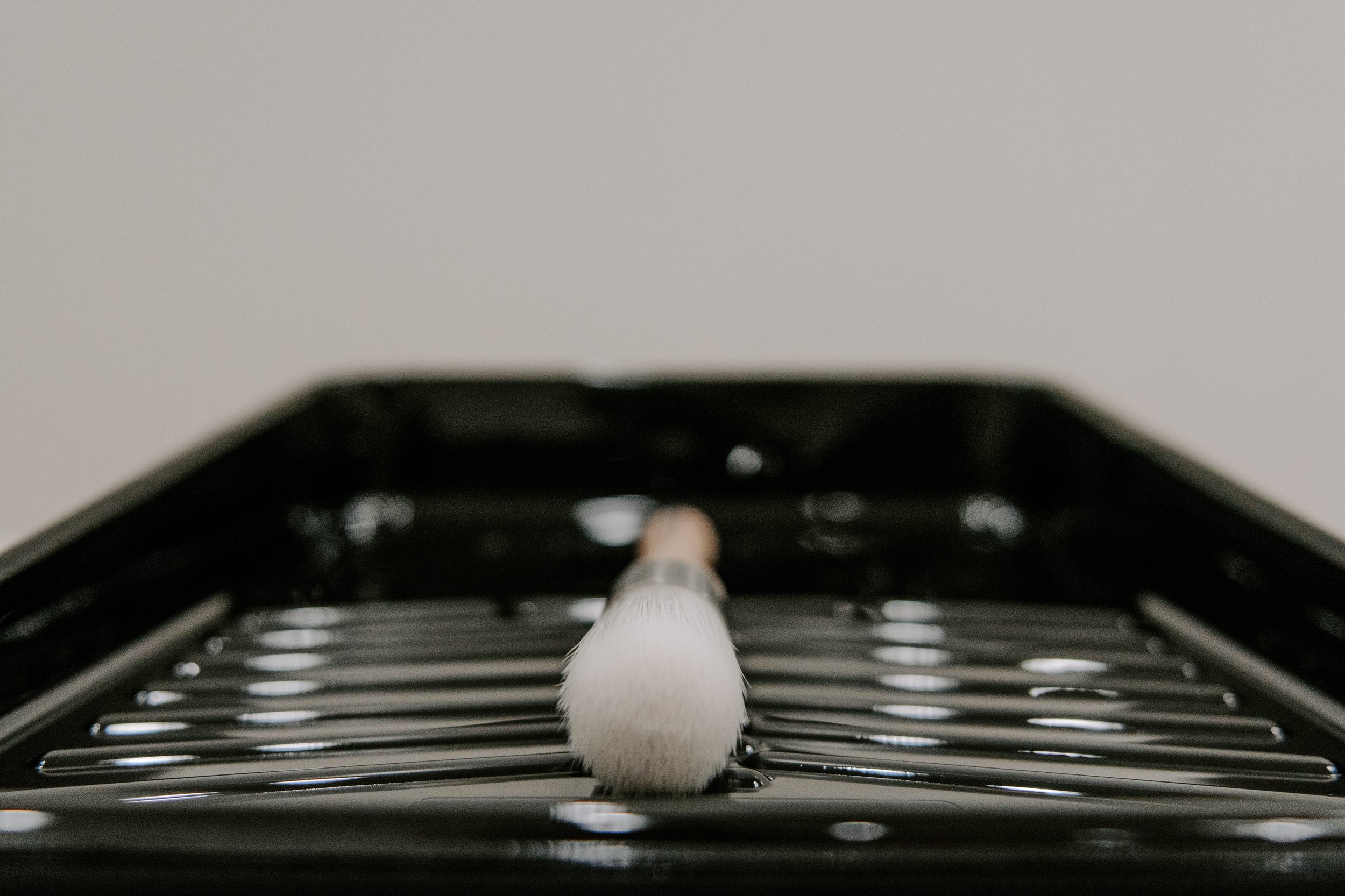How To Test For Lead Paint. #TuesdayTipsWithFallon
/ Fallon Yates#TuesdayTipsWithFallon
Before we get started, if you haven’t already watched the video above, I encourage you to do so. Watch it until the end so that you can see the difference. Make sure you read the information below, too. This one was a little tricky!
If you’re thinking about painting, restoring or refinishing furniture you need to be aware of lead paint. Lead paint is okay from a distance but if you plan on messing with it by sanding, stripping, or trying to remove it you need to be aware that dust can be very hazardous to you, those around you, and also to the environment.
In 1978, the use of lead was banded from being manufactured in painting products. However, lets be honest, there were probably a few cans laying around that people still used, so I like to be safe and take caution if anything was painted before 1980. Some people may think I am ridiculous, but that’s okay because it’s my health that I have to live with and I want you to be safe too!!
The first step is being able identity lead paint. You can purchase an instant in-home lead testing kit for $5 to $10 at your local hardware or home-improvement store. The test will detect lead on painted wood, metal, vinyl and plastic as well as drywall and plaster. I recommend testing a few different spots on your piece. Keep in mind, since the swab turns red when the paint is positive for lead, if you’re testing red or pink paint it will show up as a false-positive. It is also important to keep in mind that in-home testing kits cannot detect lead under some conditions, so the safest route is to call in someone with special training if you want to remove it.
What do you do if your piece has lead paint? It’s up to you. I personally do not mess with pieces that are covered in lead paint. While a piece with lead paint is “normally” okay if you don’t stir up dust and/or cause any further chippings, it’s just not worth it to me to take any chances.
Removing lead paint can cause more problems than leaving it intact. If you do not plan on taking off any of the current lead paint and/or stirring up any of the dust, you can directly apply Shellac over it to try and seal it in if you want to try and use the piece. I recommend applying a few coats of Shellac or pigmented Shellac because oil based isn’t easy to work with and I don’t think water based primer will work as well in this case. It may be fine, these are just my thoughts! You can also paint over it after the Shellac has dried well, but it may not give you the nice smooth finish you were hoping for. If you do decide to use Shellac and/or paint the piece as-is, make sure you wear a heavy duty, full facepiece, respirator mask, and gloves and stay in well ventilated area. Either way, make sure it’s not a piece you are going to eat off of such as a kitchen table or a piece of furniture that is going to be in a kid’s room. In fact, I recommend you put it somewhere that isn’t going to get a lot of traffic, just to be extra safe.
If for some reason a piece of the lead paint chips off, do not vacuum up the dust or chippings because the lead can be released into the air when it’s turned on again. You also need to make sure it disposed of correctly. Please note, I am not “Lead-Safe Certified” so make sure you check your state regulations and/or turn the job over to someone that specializes and is certified in the removal of lead paint.
If you can’t do that or do want to pay someone to professional handle it, then move on. Your health is more important!!
Check out the epa.gov/lead/renovation-repair-and-painting-program-do-it-yourselfers website for more information on the safety of lead paint.
If you decide to paint, make sure you use my favorite Zibra paint brushes !
Thank you so much for stopping by for #TuesdayTipsWithFallon! Make sure you tune in every other Tuesday for a new tip! If you want to save this blog post, just pin it to your Pinterest page and/or feel free to share it elsewhere. Thanks again!
*Please note, this blog post does contain affiliate links.
Don’t forget to check out my other #TuesdayTipsWithFallon videos and blog posts below!!
